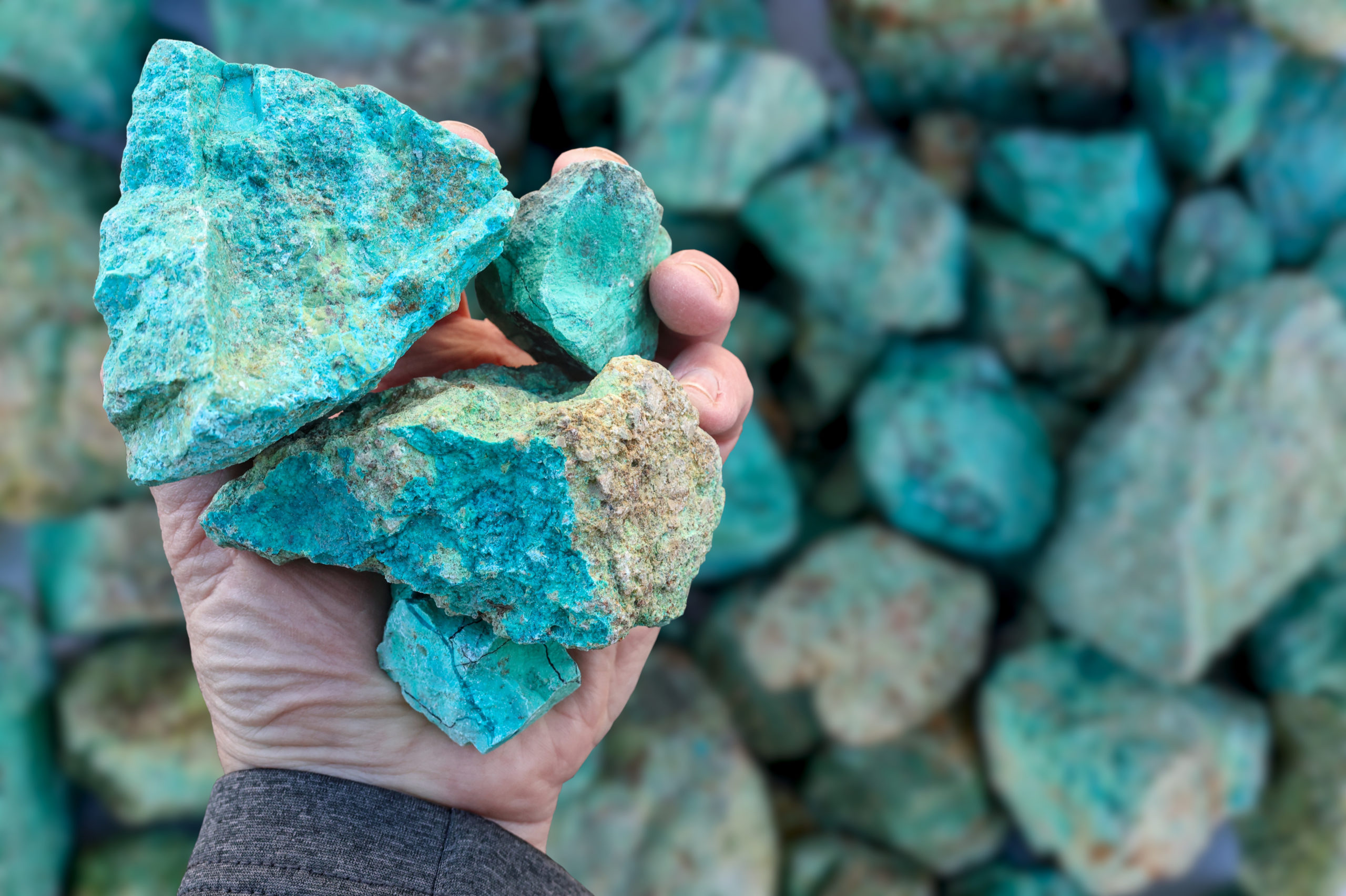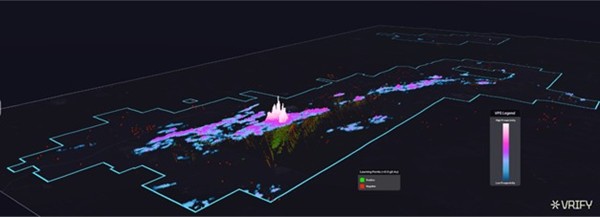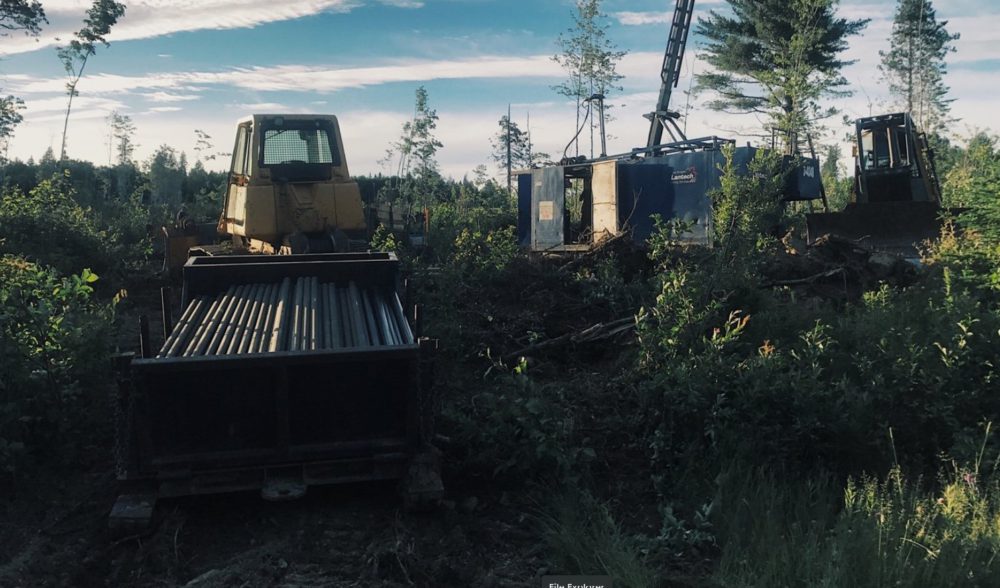A look at the economic impacts of a new gold mine
Opportunities for gold mining in Northern Ontario have risen remarkably in recent years, with new mines underway and the potential for several more in varying stages of the review process.
All stakeholders; including miners, Aboriginal and other local communities, governments and supplier industries, will benefit from an assessment of the economic impact of new gold mines for proper planning.
Building on the techniques employed in 2007 to examine the impact of a ‘representative’ Ontario nickel and copper mine, we estimate, using conservative assumptions, the impact on GDP, employment and government revenues of both the construction and the ongoing operation of a new gold mine in a relatively remote region of Northern Ontario.
The impacts are for the Ontario economy as a whole and, more generally, for the region in which the project is sited. Impacts are also shown for Canada and selected other provinces.
Most gold mining in Northern Ontario up to this point has been ‘underground,’ but a number of newer projects (both operating and proposed) use ‘open-pit’ techniques. The choice between the two is determined by the geology of the ore body and mineral economics, but given that both types of mines will likely be developed, this study examines the impacts of each.
We consider a new open pit gold mine with a construction cost of $750 million spread over three years (after and excluding all exploration, planning, permitting and other pre-construction expenditures).
The mine then generates sales of $300 million per year, potentially for over 20 years into the future and employs 440 people on site with total compensation of $142,200 per worker. The combined direct, indirect and induced economic impacts of an open-pit gold mine are extremely large.
In its construction phase, the mine adds about $183 million to Ontario GDP and generates more than 1,900 jobs annually.
In its production phase, for each year of operation, the mine adds approximately $300 million to Ontario GDP and increases Ontario’s employment by more than 1,800 at a rate of compensation per employee well above the provincial average.
The combined impact on government revenues of a new open-pit gold mine is also large: In the construction phase, governments collect a total of $60 million a year from the mine’s direct, indirect and induced activity while in the production phase, this rises to $95 million per year.
The provincial government’s share is $25 million in the construction phase, and over $38 million in the production phase.
We also consider a new underground gold mine with a construction cost of $600 million, also spread over three years.
This mine also generates $300 million in sales per year over an extended period with on-site employment of 620 and total compensation per worker of $145,500.
The combined direct, indirect and induced impacts of an underground mine are also very large.
In the construction phase, the mine adds almost $150 million to Ontario GDP and generates more than 1,500 jobs in each of the three years.
In production, the mine contributes over $330 million per year to Ontario GDP and generates 2,200 additional jobs annually, again with a very high average rate of labour compensation.
In the construction phase of a new underground gold mine, governments collect just under $50 million a year from the direct, indirect and induced impacts, with the provincial government receiving $20 million.
In the production phase, all governments receive over $100 million per year, with over $40 million going to the provincial government.
Just as a typical mine, whether open-pit or underground, has multiple layers of activity, the analysis of a new mine’s impact extends down to several layers below the economic activity at the mine site itself.
The first level down is what could be characterized as the indirect impacts of the mine: These are the purchases that the mine must make in order to be built and to undertake its production (its ‘inputs’), and also the purchases that the industries producing these inputs must make to facilitate their own production (‘inputs into inputs’), and so on back along the production chain.
Included in these indirect impacts are the provision of transportation facilities to the mine, the purchase of a wide range of accounting, financial and scientific services, and the replacement of machinery and equipment that wears out at the mine in the course of production. Also included are all the inputs required to produce the mine’s purchased inputs.
For example, the replacement parts that are needed to maintain the machinery at the mine and the steel that goes into those parts and the energy and transportation services needed to produce the steel. This ‘backward chain’ of inputs into inputs is quite extensive.
The second level down can be termed the induced economic impacts. These are the economic impacts that result from the spending of wages and salaries by workers employed both directly by the mine and indirectly in all of the supplier industries.
To the extent that these consumer goods and services are produced in Ontario, there is a further economic impact on the province. Moreover, this level has a backward input chain to it as well, since consumer goods, or services, require their own inputs which may also be produced in Ontario and generate further wage earnings.
The third level down is to consider the regional impacts of a new gold mine where ‘regional’ for a mine in a relatively remote site must be considered as a broad enough area to include the nearest major town or city, as well as all the smaller communities within roughly the same distance.
Obviously the mine’s own building or production activity is local, but so too will be at least some of the indirect and induced impacts identified at the first and second levels.
A significant share of the impacts of a new gold mine stay in the local area. For example, for an open-pit gold mine in production, more than 1,350 of the total of 1,800 jobs generated are local. For an underground mine, almost 1,700 of the 2,200 jobs generated are in the broad local area.
Given that the mine is assumed to be located in a relatively remote area of Ontario, the local impacts can be seen to some extent as a proxy for opportunities for Aboriginal individuals and businesses in the broadly surrounding area.
An attempt has been made in this study to identify the skill mix for the jobs that have been identified as local. Some of these jobs will require considerable expertise and such individuals will likely come from outside the local area, although part of their spending will encourage local activity. However, an important share of the local jobs require less-specialized preparation or training that can be learned on the job.
For example, in the production phase of a new open-pit mine, of the more than 1,350 local jobs, 25 per cent require only Secondary School or Specific Occupation Training, and a further 12 per cent require only On-the-Job training.
Moreover, gold mines underway and planned are already attempting to outsource services to local entrepreneurs and to nurture new local supply and service enterprises.
At the fourth level down there are important but unquantifiable economic and social impacts that originate from the new mine. Most notable among these are the economic activity associated with maintaining the local community: Local government workers, teachers, police, fire and health care.
Beyond the employment impacts, and the encouragement of local entrepreneurship, there will also be direct monetary benefits to Aboriginal communities through Impact Benefit Agreements (IBAs). Such agreements, however, can vary widely, are subject to intense negotiations and historically
have tended to be confidential (although changes to federal legislation are expected to make them more transparent in the future).
No attempt has been made to quantify the monetary flows resulting from them, but they will certainly occur and flow through to Aboriginal communities, which would add to the ‘induced’ effects we calculate purely from the respending of labour income.
Finally, there are the intangible benefits of the provision of key infrastructure, such as access roads and electrical grid connections, that are part of the costs of constructing either open-pit or underground mines in remote locations.
As with transferable skills, these remain behind to benefit individuals and the remote community even when the mine eventually closes down.
Briefly then, the contribution of a new gold mine to the province is large and significant, with important impacts on employment and economic output, particularly in areas of the province that could benefit the most from them.
*Peter Dungan is Director, Policy and Economic Analysis Program, Rotman School of Management, University of Toronto,
**Steve Murphy is Research Associate, Policy and Economic Analysis Program, Rotman School of Management, University of Toronto.





Comments
ron
These gentlemen apparently do not understand the major financial uncertainty associated with the ” consult and accommodate” dictum issued by the Ontario government. Why do you think Cliffs walked away from the Ring of Fire.